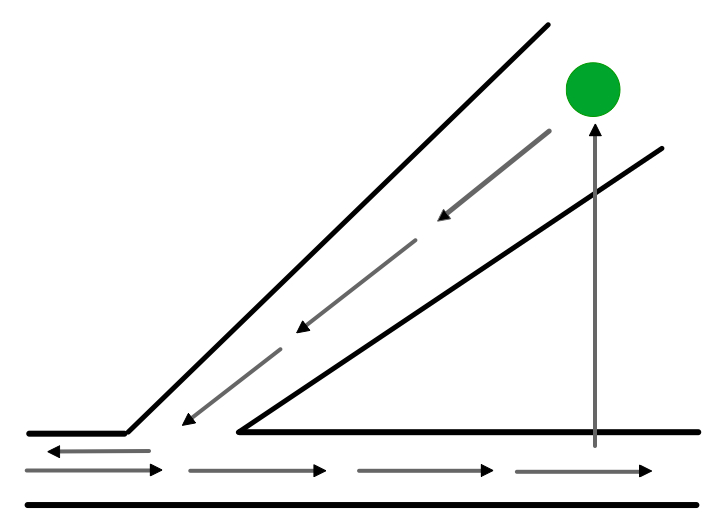The Next Stage in Information Warfare: Quantum Weaponization
February 20, 2018
We have been tracking the emergence of peer to peer technologies. Innovators have been working to deal with the emergence of next generation mainframe computing architectures like those available from Amazon, Facebook, and Google. The idea is that these new mainframes have popped up a level and are using software to integrate individual computing devices into larger constructs which are command and control systems.
Examples of the innovations can be found in the digital currency sector with the emergence of IOTA like systems. There are other innovation nodes as well; for example, discussed in online publications like Medium, technical fora, and implemented by outfits like Anonymous Portugal.
One of the popular methods used by my former colleagues at Halliburton Nuclear Utility Services was to look at a particular problem. The nuclear engineers would then try to fit the problem into a meta-schema. The idea was that a particular problem in some nuclear applications could not be tackled directly. A nuclear engineer tried to find ways to address the problem without poking the specific issue because once probed, the problem morphed. Hence, the meta-method was more useful.
Here’s a diagram which I think shows one facet of the approach:

The idea is to come at a problem in different way. Edward de Bono called it “lateral thinking.” For me, the idea is to pop outside a problem, not in two dimensions, but three or four if time plays a part. Maybe “meta-thining” or “meta-analysis”?
What’s ahead for “the Internet” is what I conceptualize as urban warfare in the online world.
Non-traditional approaches to security, messaging, and data routing will combine to create a computing environment that’s different. Smart software will allow nodes or devices to make local decisions, and then that same smart software will use random message pathways to accomplish a task like routing. The difference between today’s concentrated Internet will be similar to Caesar’s Third Legion engaging in urban warfare. Caesar’s troops have swords; the urban fighters have modern weapons. Not even mighty Caesar can deal with the mismatch in technology.
Several observations:
- More robust encryption methods will make timely sense making of intercepted data very, very difficult
- Smart software will create polymorphic solutions to what are today difficult problems
- The diffusion of intelligent computing devices (including light bulbs) generate data volumes which will be difficult to process for meaningful signals by components not embedded in the polymorphic fabric. (Yes, this means law enforcement and intelligence entities).
- The era of the “old” Internet is ending, but the shift is underway. The movement is from a pointed stick to a cellular structure filled with adaptable proteins. The granularity and the “intelligence” of the tiny bits will be fascinating to observe.
In one sense, the uncertainty inherent in many phenomena will migrate into online.
The shift is not inherently “bad.” New opportunities will arise. The shift will have significant impacts, however. Just as the constructs of the industrial age have been reshaped by the “old” Internet, the new polymorphic, quantum-ized Internet will usher in some interesting changes.
Is digital Ebola replicating now, gentle reader?
Stephen E Arnold, February 20, 2018


